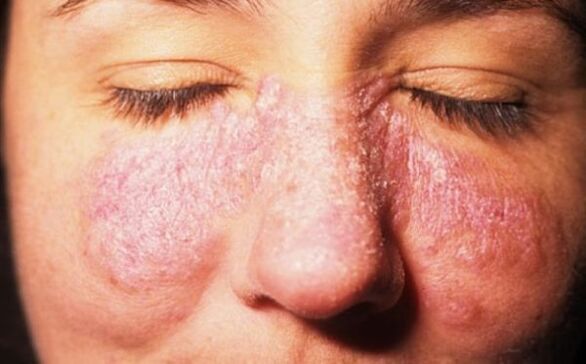
what is psoriasis
Psoriasis Causes and Risk Factors
- self-immune;
- endocrine;
- Psychosomatic.
- The multi-etiological nature of psoriasis means that the origin of the pathology is caused by multiple causes;
- The disease is not contagious;
- It is possible to achieve stable remission.
- chronic inflammation;
- Severe skin trauma;
- Metabolic disorders;
- severe poisoning;
- Weak immunity;
- ongoing stress;
- frostbite;
- infectious diseases;
- alcoholism;
- Certain medications (such as beta blockers and antibiotics).
The mechanism of appearance of facial psoriasis
- progress;
- stable;
- fall back.
attention! A dangerous complication of this disease is fungal infection of the sebaceous glands.
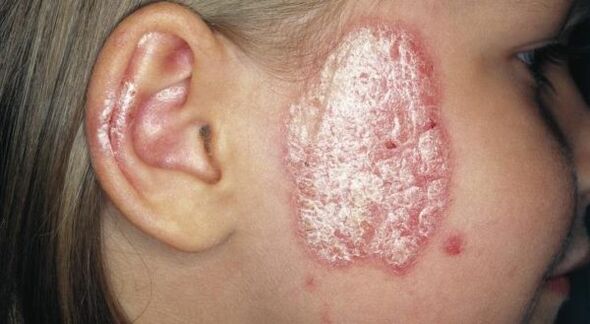
Symptoms of psoriasis on face
- redness of skin;
- Dandruff occurs;
- itching;
- small sores;
- peeling;
- A light yellow crust forms.
attention! Scratching the rash can speed up the spread of the pimples, which can leave scars.
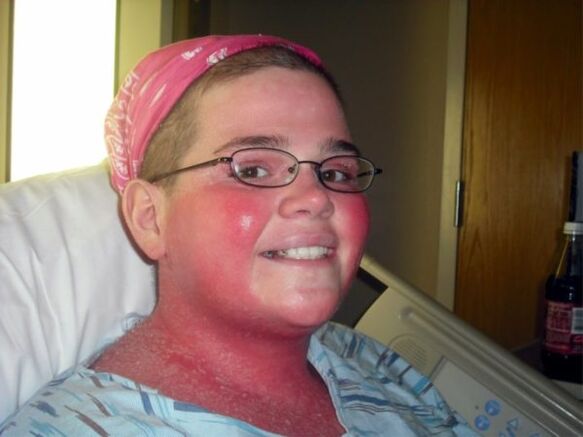
Differential diagnosis
- Stearic stains (increased flaking after scratching);
- Terminal Film – A smooth surface that replaces removed scales;
- Blood Dew - The appearance of drops of blood.
- syphilis;
- Certain lichen species;
- pityriasis;
- chronic dermatitis;
- eczema;
- Parapsoriasis.
- allergy testing;
- Blood biochemistry tests;
- Histological examination of the skin;
- UAC;
- Examine feces for dysbiosis;
- ultrasound;
- X-rays (to rule out psoriatic arthritis).
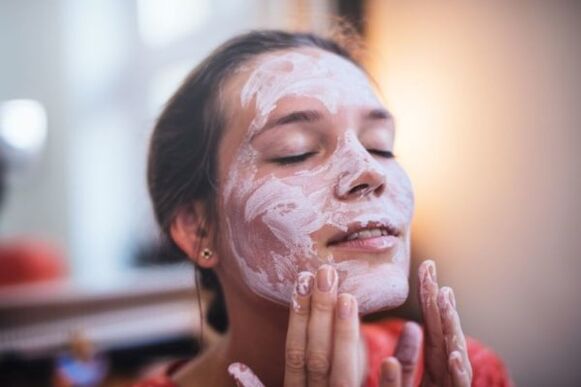
treatment strategies
- medical treatement;
- local impact;
- Phototherapy;
- physiotherapy;
- Folk remedies.
medical treatement
- Antimicrobial medications can help reduce the intensity of psoriasis symptoms;
- Medications containing succinic acid normalize cellular immunity and increase oxygen flow to tissues;
- Antihistamines can reduce itching and swelling;
- Glucocorticoids;
- The complex treatment includes sedatives to relieve stress. You can take extracts of valerian or motherwort;
- Folic acid helps normalize pigmentation and clear the skin.
attention! Any medication should be taken strictly as prescribed by your doctor.
local agent
- salicylic acid;
- Naphthalene;
- Sulfur tar.
attention! You cannot use cosmetic foundation to cover up psoriasis plaques! It clogs pores and prevents oxygen from reaching damaged tissue.
physiotherapy
- X-ray treatment;
- Ural Federal District;
- electrosleep;
- laser exposure;
- ultrasound;
- Magnet therapy.
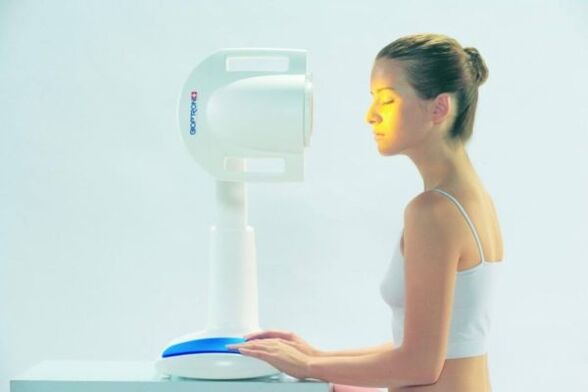
folk remedies
- Make a tablespoon of chamomile flowers with 200 g of hot water and leave to brew (about an hour). Wet a cotton cloth well with the cooled and filtered solution and apply it to the face for 30 minutes;
- Mix solid oil and birch sap in equal proportions. Apply the resulting mass evenly to the affected area and leave it on for 20 minutes. Wash and lubricate face with moisturizer;
- Place a few aloe vera leaves in the refrigerator for a week, then remove, chop and apply to your face for 30 minutes.

diet
- sweet baked goods;
- chocolate;
- Milk with high fat content;
- nut;
- any citrus fruit;
- spices and herbs;
- Alcoholic drinks.
prevention
- Wash with special moisturizing products;
- Rub your face daily with a decoction of chamomile or hops, especially in hot weather or in frost;
- quit smoking;
- Avoid staying in dusty or damp places for long periods of time;
- Spend more time in the sun.























